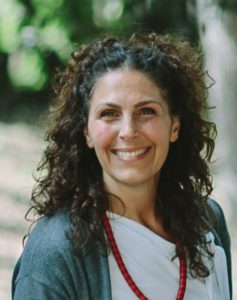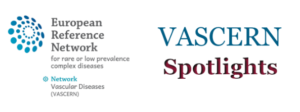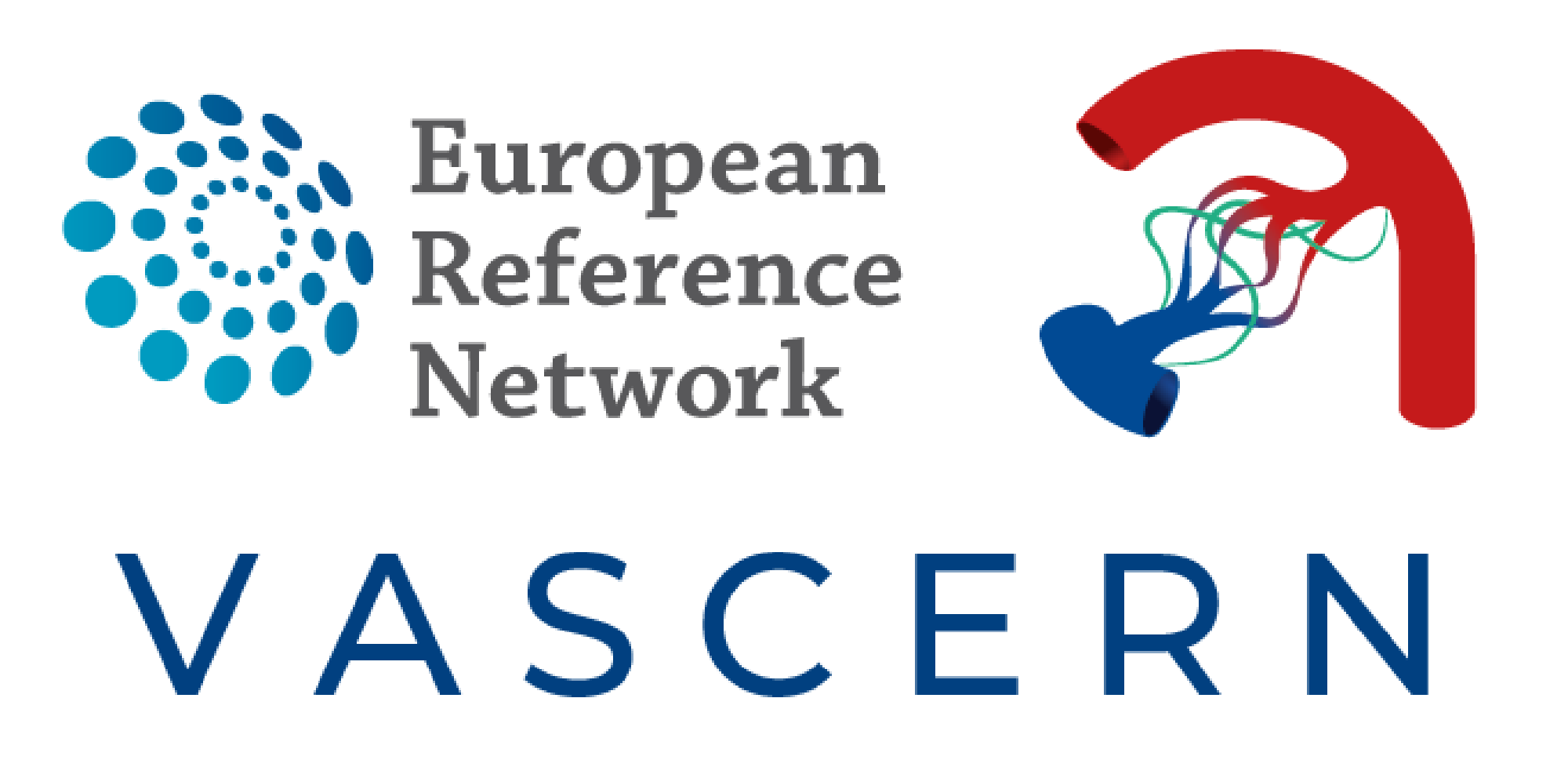
VASCERN Spotlights: Claudia Crocione

This month we have the pleasure to feature Claudia Crocione, our ePAG Co-Chair for the Hereditary Haemorrhagic Telangiectasia (HHT) Working Group, in the VASCERN Spotlight. Claudia is the Managing Director of HHT Europe and she shares with us how she became involved with VASCERN and her experience so far, what she would like the general public to know about the reality of living with a rare disease, and her hopes for this “revolution” that is the European Reference Networks (ERNs).
1. How did you become involved in the VASCERN project?
Eurordis has been the guiding light of HHT Europe’s growth and engagement over the years and was also the bridge between our federation and VASCERN. I recall attending sessions on the European Reference Networks (ERNs) at Eurordis’ European Conference on Rare Diseases & Orphan Products (ECRD) and Membership Meeting in 2014 and 2015 – little did I know that I would soon take on such an active role in the happenings of it all. Eurordis’ guidance and support has been essential for me personally in order to take on the commitment and carry on over these first two years in VASCERN.
2. How do you as an ePAG representative participate in the activities of VASCERN?
I was appointed the role of European Patient Advocacy Group (ePAG) co-chair of the HHT WG in VASCERN therefore I represent the voice of the HHT patient community in the monthly meetings and face to face sessions of the HHT WG. I bring patient perspective and proposals and my work is made easier by the strong relationship and mutual trust we have established over the years among the HHT Patient Organizations in Europe. We communicate efficiently, setting priorities and providing feedback as accurately as possible in the working group. Another enriching experience is the work and cooperation with the other ePAG co-chairs of VASCERN. We have grown more competent and determined together and I cannot see myself in VASCERN without this transversal team of ePAG delegates.
So when you meet a rare disease patient, no matter what their condition, he or she is most likely one of the most resilient people you will ever encounter.
3. What is one thing that you would like the general public to know about the reality of living with a rare disease?
That the challenges we face stretch far beyond the clinical aspects of the disease as they start with getting a diagnosis, then finding care, and struggling with quality of life and the burden of isolation. So when you meet a rare disease patient, no matter what their condition, he or she is most likely one of the most resilient people you will ever encounter.
4. Can you tell us a little about your rare disease and/or the patient association that you represent?
HHT is a rare genetic and hereditary condition that causes vascular malformations that can lead to a series of complications, among which some are life threatening: nose bleeds, gastrointestinal bleeding, strokes, and brain abscesses, to mention some. No effective therapy has been found but with an early diagnosis and complete clinical screening in an HHT Center of Excellence, a patient is likely to lead a good life. National Organizations across Europe are engaged in raising levels of diagnosis through awareness campaigns, managing help lines, and training new clinicians across the country to support diagnosis and better assistance.
I am personally looking forward to the integration of ERNs in the National Healthcare systems. I strongly believe this to be the unexpected outcome of the ERN revolution.
5. What has been your most memorable moment as an ePAG representative so far?
Rather than a moment I would say I have been living with a memorable “sensation”: the sensation that we are taking part in a true revolution. As all revolutions they are demanding, tiring and many times confusing. I have gone from enthusiasm to disorientation to excitement and back many times, wondering now and again where all this was leading and if I was truly able to do my share on behalf and with the HHT patient community as the ERN deserved. Today, 2 years down the line, many of those emotions have settled and I feel part of a group, I have found my space, measured my pace and I can say that the HHT ePAG group is proud of the results and of the confident relationship built with the HHT Healthcare professionals (HCPs). All good things take time and perseverance and I sincerely believe it is worth every moment of the effort invested. But there is maybe one particularly memorable experience: our participation in the revision of the Orphanet description of HHT that was finalized during 2018 VASCERN days. This experience taught us how to conduct a revision and allowed us to listen and learn from the HCPs as well as make a determined proposal for the text as a patient group. Our suggestion was unexpected and required a complex exchange with the clinicians yet every step of the way our voice was heard and with great assertiveness we have reached a wonderful result on the final text.
6. As a patient representative, what is your hope for VASCERN and for the ERNs in general?
I am personally looking forward to the integration of ERNs in the National Healthcare systems. I strongly believe this to be the unexpected outcome of the ERN revolution. We are all ambassadors in this process on a national level bringing in what we have learned in order to optimize and improve local realities and make first sure they communicate and benefit with the networks. Once this integration is in place we will certainly have improved the lives of many patients in many ways.
I am also clinging on with all my might that we will not have to see our UK HCPs leave the ERNs. It is a great loss for the entire community of rare diseases.
We are stronger together.


